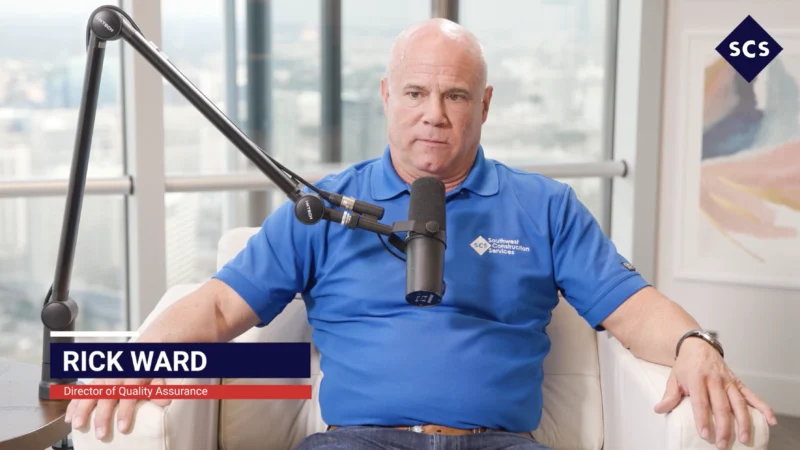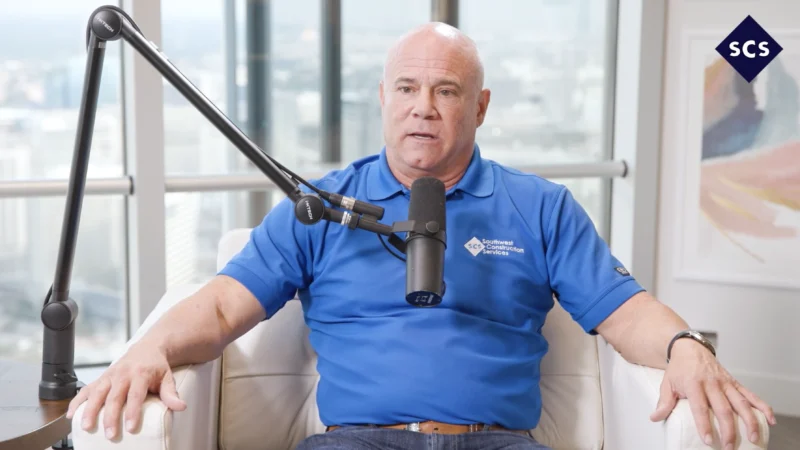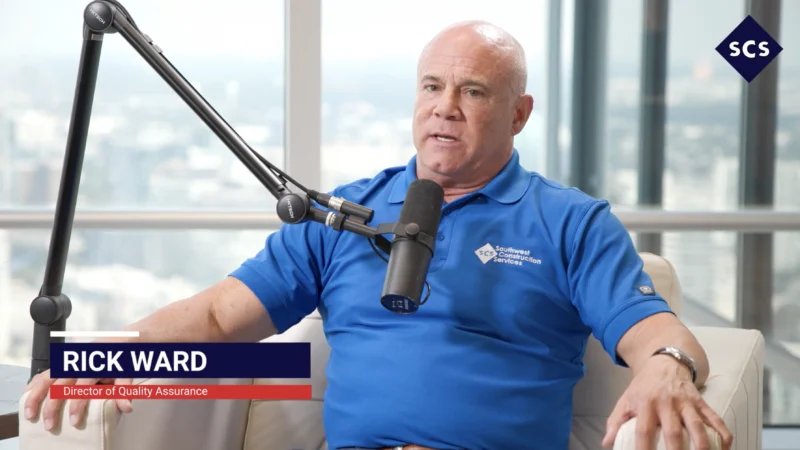Deconstruction with VCC: Field Safety Leadership and Behavior Change Management
“Behavior change occurs when workers do the safe and right things without having to think about it.”
Changing the behavior or mindsets of employees is one of the most challenging aspects of any workplace. That’s even more so in construction because a failure to change can lead to unsafe conditions and even injury. So, how can field safety leaders invoke change so that it sticks? VCC Safety Director Scott Anders shared his wisdom on the topic with host Tyler Kern on Deconstruction with VCC.
Anders set the conversation by describing behavior change. “In construction, accidents happen because of human behavior. So, I want to know what causes it. Behavior change occurs when workers do the safe and right things without having to think about it.”
What can drive a person to take a shortcut on a job? They may believe if they complete it faster, they’ll receive praise. However, if the result is injury, they cost the project time and money.
Changing mindsets is a process that happens over time, and the best way to support it is positively. “Finding fault in what the person did isn’t going to change it. Understanding why they thought it was okay to do it gets at the root of the problem, which you can address,” Anders explained.
While change is inevitable and usually for the best, the most significant challenge is making the change itself. “People do not like it. It’s a big hurdle, and the best approach is to be a positive influence on those I work with to take that big step,” Anders noted.



